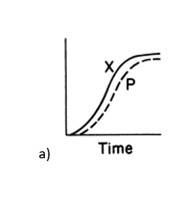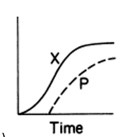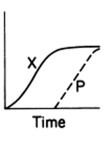#Question id: 10556
#SCPH06 I Botany
The energy needed to separate molecules from the liquid phase and move them into the gas phase at constant temperature called
#Question id: 10557
#I Life Science/ Life Sciences Group – I-V
The attraction of water to a solid phase such as a cell wall or glass surface known as
#Question id: 10557
#SCPH05 I Biotechnology
The attraction of water to a solid phase such as a cell wall or glass surface known as
#Question id: 10557
#SCPH06 I Botany
The attraction of water to a solid phase such as a cell wall or glass surface known as
#Question id: 10559
#SCPH06 I Botany
which gives water a high tensile strength,
#Question id: 10561
#I Life Science/ Life Sciences Group – I-V
Integral membrane proteins that form water-selective channels across the membrane, Because water diffuses faster through such channels than through a lipid bilayer



